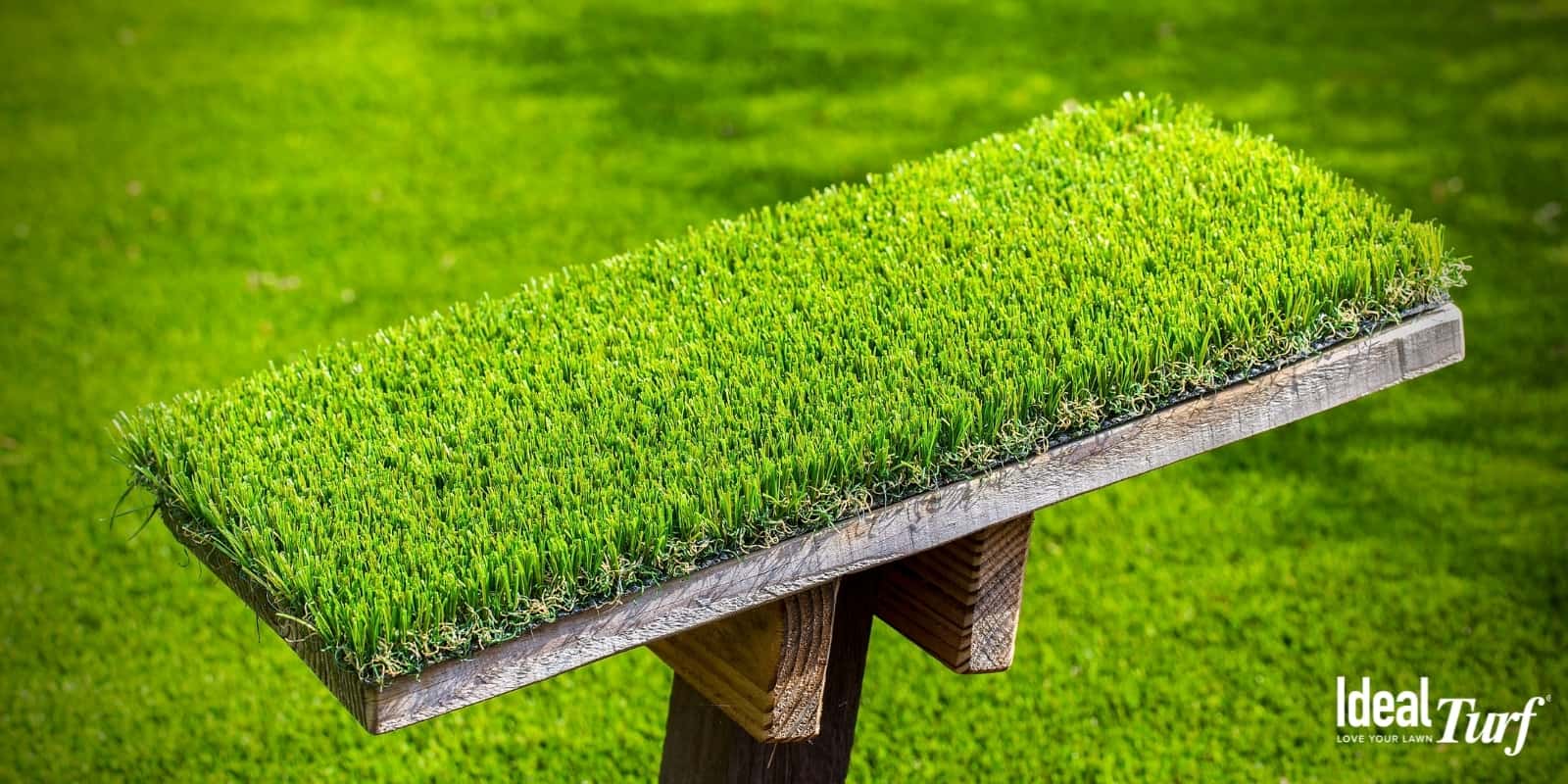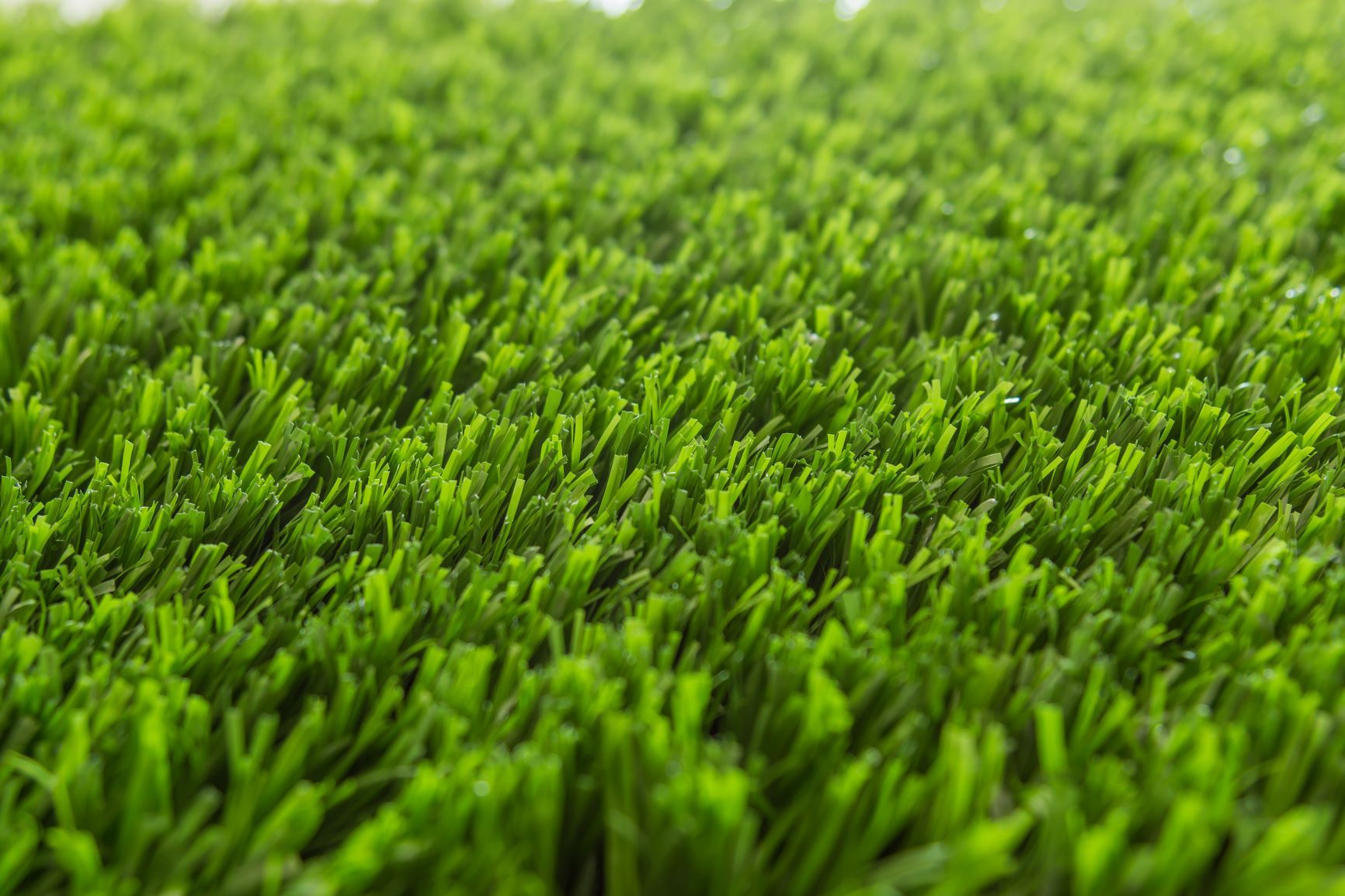Budget-Friendly Turf Installation Phoenix AZ for a Hassle-Free Lawn Solution
Budget-Friendly Turf Installation Phoenix AZ for a Hassle-Free Lawn Solution
Blog Article
Explore the Environmental Perks of Opting for Synthetic Grass Solutions
The adoption of man-made lawn remedies presents a compelling possibility to attend to pushing environmental difficulties. By considerably decreasing water usage and decreasing the application of dangerous chemicals, these choices not only advertise lasting landscape design yet also safeguard neighborhood communities.
Water Preservation Conveniences
One of the most substantial benefits of man-made lawn is its capacity to preserve water. Conventional turf lawns require significant watering, specifically in locations vulnerable to drought or water constraints. In comparison, synthetic grass does not need watering, dramatically lowering the total demand for water resources. This feature is particularly valuable in deserts where water shortage is a pushing issue.
By removing the demand for regular watering, synthetic grass adds to lasting landscape practices and helps alleviate the environmental effect of excessive water consumption. Moreover, the conservation of water reaches the reduction of overflow, which can bring about soil disintegration and river pollution.
Additionally, the setup of synthetic grass enables districts and home owners to allocate water resources much more effectively, concentrating on crucial uses such as alcohol consumption water and farming. The change in the direction of synthetic grass not just advertises accountable water usage however likewise lines up with wider environmental goals focused on preserving natural deposits.
As communities progressively focus on sustainability, the water preservation benefits of synthetic lawn offer a compelling case for its adoption in business and property landscaping projects.
Decreased Chemical Usage
The transition to synthetic grass dramatically reduces the reliance on chemical therapies frequently utilized in natural turf upkeep. Standard lawn monitoring typically involves the application of herbicides, pesticides, and plant foods to advertise development and control pests. These chemicals can position risks to human wellness, regional wild animals, and the setting, adding to dirt and water contamination.
In comparison, synthetic grass eliminates the need for these dangerous materials. By minimizing the release of synthetic substances right into the ecological community, artificial grass promotes healthier soil and water systems.
Additionally, the lack of chemical overflow related to fabricated turf installations assists safeguard regional rivers from air pollution, sustaining aquatic life and maintaining biodiversity. Arizona artificial turf. As communities progressively focus on lasting techniques, going with synthetic lawn presents a practical option that straightens with environmental preservation goals. Via this change, homeowner can appreciate lush environment-friendly areas without jeopardizing environmental wellness, leading the method for an extra sustainable future
Lower Carbon Impact

Moreover, the installation of synthetic grass can result in significant water conservation. All-natural lawns need substantial amounts of water for watering, which not just adds to the carbon footprint connected with water extraction and therapy but also stress neighborhood water resources. On the other hand, fabricated turf needs marginal maintenance, requiring no watering, consequently significantly decreasing water use and its associated energy expenses.
In addition, the long life of synthetic lawn adds to its reduced carbon impact. With a life expectancy of up to 15 years or more, the need for frequent replacements is lessened, causing much less waste and reduced power consumption in manufacturing and dealing with conventional turf choices. Overall, synthetic grass presents a sustainable choice for environmentally conscious landscaping.
Habitat Conservation
Environment preservation is a vital consideration in the dispute over landscape design options, particularly when contrasting fabricated grass to natural turf. Natural yard lawns commonly require substantial upkeep, consisting of click here now using herbicides, chemicals, and fertilizers, which can detrimentally affect regional ecosystems. These chemicals can leach right into the soil and rivers, hurting native flora and animals and interrupting local environments.
On the other hand, synthetic grass offers a chance to decrease the ecological footprint of landscape design. By going with artificial turf, property owners can decrease the interruption of natural environments associated with standard lawn treatment practices. Man-made turf gets rid of the need for hazardous chemicals, therefore safeguarding neighboring wild animals and keeping the stability of bordering communities. The setup of fabricated turf can lead to the conversion of former turf areas right into even more biodiverse landscapes, such as pollinator yards or indigenous plant areas, which can support neighborhood wild animals.
Eventually, the transition to synthetic grass not only preserves water and minimizes upkeep efforts yet likewise promotes a more harmonious connection in between human activities and the all-natural environment, promoting environment preservation in the procedure.
Long-Term Sustainability
Long-lasting sustainability is an essential factor in reviewing the advantages of artificial lawn over conventional lawn yards. One of one of the most considerable benefits of man-made turf is its resilience; it can last as much as 15-20 years with very little upkeep, whereas natural lawn requires constant reseeding and substitute. This long life reduces the need for constant sources, such as water, plant foods, and chemicals, which are essential for maintaining a healthy and balanced yard lawn.
Furthermore, synthetic grass contributes to a reduction in carbon exhausts connected with lawn treatment devices. you could look here Standard lawns usually require gas-powered lawn mowers, leaners, and blowers, every one of which contribute to air contamination. Arizona artificial turf. In contrast, artificial turf eliminates the demand for such devices, promoting a cleaner setting
Furthermore, the production of artificial lawn significantly makes use of recycled products, boosting its sustainability account. As producers embrace environmentally friendly methods, the ecological footprint of man-made grass continues to lessen.

Final Thought
The adoption of fabricated turf services provides significant environmental benefits, including substantial water preservation, decreased dependence on hazardous chemicals, and a reduced carbon impact. Artificial turf aids in protecting natural environments by minimizing land disturbance and promoting long-term sustainability with the usage of durable products. Jointly, these elements underscore the capacity of synthetic grass to add positively to environmental wellness and supply a sensible option to typical landscape design methods in an increasingly resource-conscious globe.
In comparison, synthetic grass does not need watering, significantly minimizing the total need for water sources. By lessening the launch of artificial compounds right into the environment, artificial turf advertises much healthier soil and water systems.
Furthermore, the installation of synthetic turf can result in considerable water conservation. In contrast, man-made turf requires marginal upkeep, needing no watering, therefore significantly decreasing water usage and its linked energy expenses.

Report this page